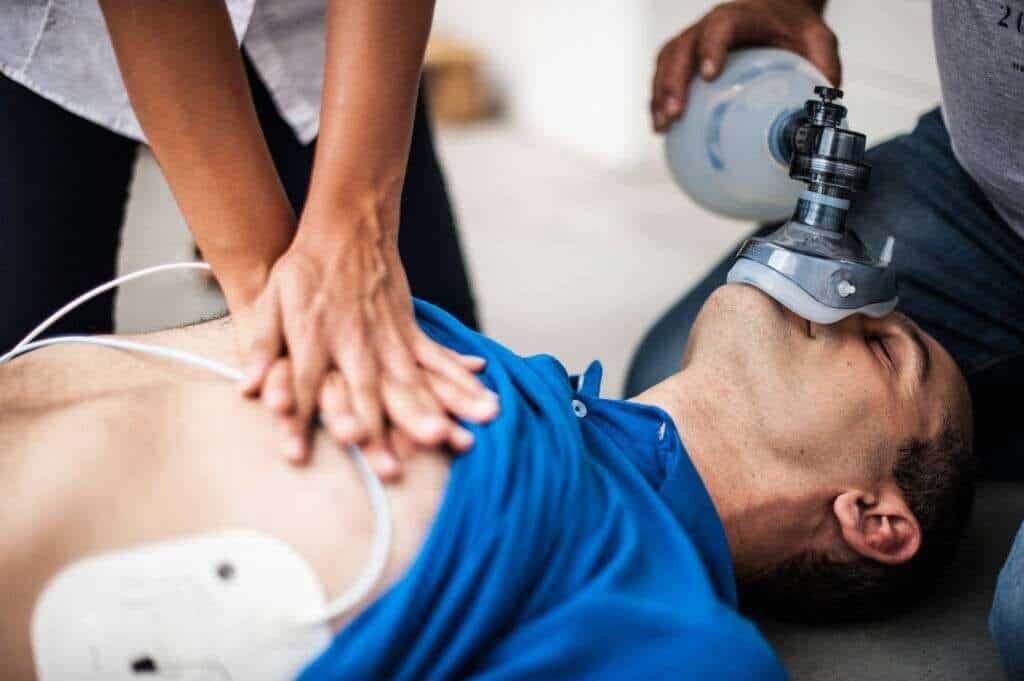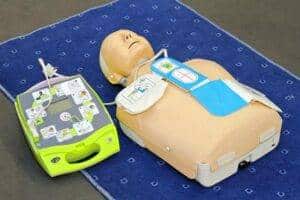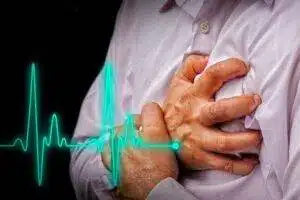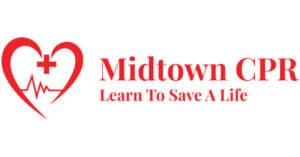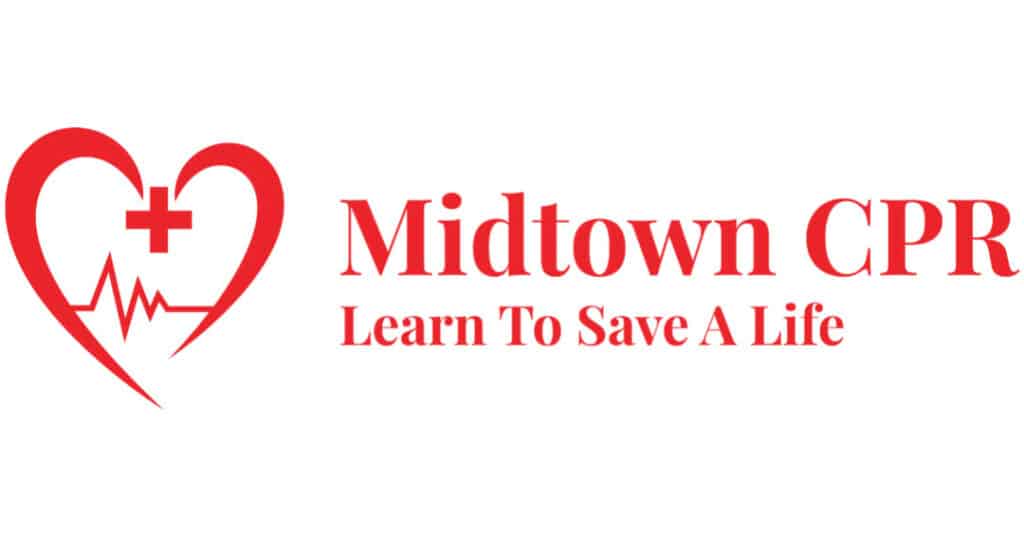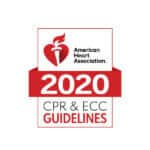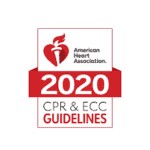American Heart Association CPR FAQ
Who is the American Heart Association?
American Heart Association
As the authority in resuscitation science, research, and training, we publish the official AHA Guidelines for CPR & ECC. We translate these Guidelines into the highest quality training materials, courses, and programs in CPR, first aid, and advanced emergency cardiovascular care for healthcare professionals, first responders, employees, and the general public. for more information click on the link: https://cpr.heart.org/en/resources/faqs
The world follows the guidelines set forth by the team of researchers and cardiologists of the American Heart Association.
Get With The Guidelines®-Resuscitation (GWTG-R) has its roots in the American Heart Association’s National Registry of Cardiopulmonary Resuscitation (NRCPR), which started in 1999 to collect resuscitation data from hospitals nationwide and create evidence-based guidelines for inpatient CPR.
GWTG-R facilitates the efficient capture, analysis, and reporting of data that empowers and supports the implementation of current guidelines, creation, and dissemination of new knowledge, and the development of next-generation, evidence-based practice in resuscitation science.
Participating hospitals have entered ONE MILLION RECORDS into getting with the Guidelines – Resuscitation!. These records are crucial to the ongoing research in resuscitation science.
The American Heart Association’s CPR & ECC inspires the world to save lives and envisions a world where no one dies from cardiac arrest. The AHA is the leader in resuscitation science, education, and training, and publisher of the official Guidelines for CPR and ECC.
Millions of healthcare providers and others trust the AHA for their lifesaving training, and 100% of the AHA’s profits go back into supporting its lifesaving mission.
What is CPR?
CPR – or Cardiopulmonary Resuscitation – is an emergency lifesaving procedure performed when the heart stops beating. Immediate CPR can double or triple the chances of survival after cardiac arrest.
Keeping the blood flow active – even partially – extends the opportunity for a successful resuscitation once trained medical staff arrives on site.
Who should learn CPR?
Everyone should learn CPR because it is a simple procedure, it can be administered during the crucial time when paramedics are on their way, and because it saves lives.
Learning CPR is a simple way to save a life. By administering CPR you can prevent brain damage due to lack of oxygen to the brain until help arrives.
What is BLS Certification?
The AHA’s Basic Life Support (BLS) course trains participants to promptly recognize several life-threatening emergencies, give high-quality chest compressions, deliver appropriate ventilations and provide early use of an AED.
BLS Certification reflects science and education from the American Heart Association Guidelines Update for CPR and Emergency Cardiovascular Care (ECC).
Who should take this course?
The American Heart Association CPR Basic Life Support (BLS) course is the course recommended by colleges and universities across the nation for students entering the medical professions.
The professions include but are not limited to, medical practice, nursing, dentistry, respiratory therapy, orthopedics, first responders, paramedics, firefighters, and police officers.
The AHA’s BLS Course is designed for healthcare professionals and other personnel who need to know how to perform CPR and other basic cardiovascular life support skills in a wide variety of in-facility and prehospital settings.
Where can I get CPR Certified?
Midtown CPR
Do the AHA’s BLS courses include first aid?
No, first aid is not included in the AHA’s BLS courses. The AHA offers a variety of courses that will prepare you to respond to a first aid emergency, including
Heartsaver First Aid
Heartsaver First Aid CPR AED
Heartsaver Pediatric First Aid CPR AED
What is an AED?
An AED, or automated external defibrillator, is used to help those experiencing sudden cardiac arrest. It is a sophisticated yet easy-to-use medical device that can analyze the heart’s rhythm and, if necessary, deliver an electrical shock or defibrillation, to help the heart re-establish an effective rhythm.
Why is AED training included in all your CPR courses?
The science in the official AHA Guidelines for CPR and ECC shows that victims have a higher chance of survival from cardiac arrest when high-quality CPR includes the use of an AED.
What is the minimum age to learn CPR?
The AHA does not mandate a minimum age requirement for learning CPR. The ability to perform CPR is based more on body strength than age. Studies have shown that children as young as nine years old can learn and retain CPR skills.
In one year alone, 475,000 Americans die from cardiac arrest.
Globally, cardiac arrest claims more lives than colorectal cancer, breast cancer, prostate cancer, influenza, pneumonia, auto accidents, HIV, firearms, and house fires combined. Source: Cardiopulmonary Resuscitation Quality (PDF)
More than 350,000 cardiac arrests occur outside of the hospital each year.
In 2015, any-mention sudden cardiac arrest mortality in the US was 366,807. CPR, especially if administered immediately after cardiac arrest, can double or triple a person’s chance of survival. About 90 percent of people who experience an out-of-hospital cardiac arrest die. View more Heart Disease and Stroke Statistics
Bystander CPR improves survival.
According to 2014 data, nearly 45 percent of out-of-hospital cardiac arrest victims survived when bystander CPR was administered. The majority of Out of Hospital Cardiac Arrests (OHCA) occur in public settings (18.8 percent), mostly homes/residences (69.5%), and nursing homes (11.7%). Read more about Out of Hospital Chain of Survival
Help is needed immediately.
Unfortunately, only about 46% of people who experience an OHCA get the immediate help that they need before professional help arrives. The 2017 Heart Disease and Stroke Statistics state that among the 356,000 OHCA that occurred, 45.7% (or 46%) received bystander CPR.
Black children in poor areas less likely to get bystander CPR.
Black children living in mostly black neighborhoods with high unemployment, low education, and low median income were almost half as likely to receive bystander CPR compared to white children – 32.1% compared to 59.7%.



